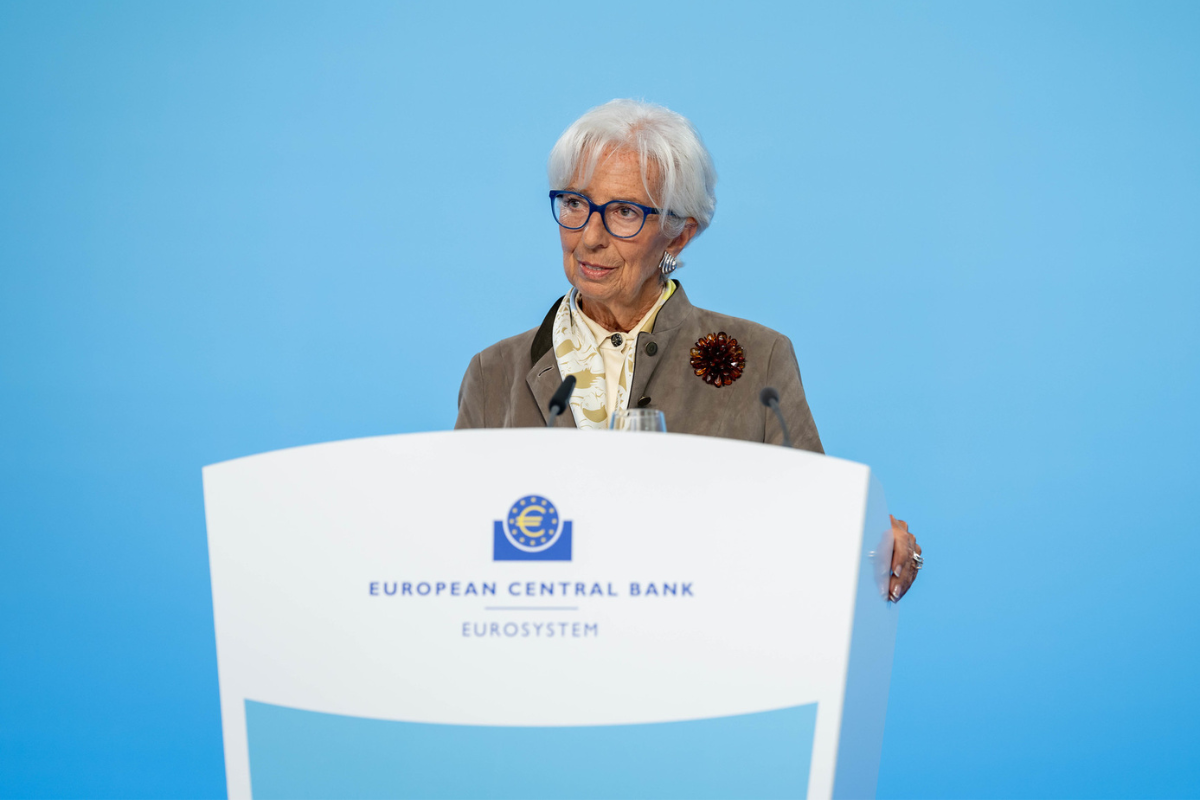Foundations and public pension regimes have been moving in search of a sophisticated multi-asset allocation, according to Franklin Templeton. In Brazil, the “Building Blocks” product, developed by the firm’s Investment Solutions division, has seen demand, according to Daniel Popovich, portfolio manager in the Investment Solutions area. “Today, the debate is how to invest offshore, no longer whether I should invest. We discuss need, functionality, and benefit: should there be more or less equity exposure? If the interest is solely fixed income, we sometimes challenge that: wouldn’t it make sense to complement it with equities or alternatives to improve the risk/return ratio?” the executive said in an interview with Funds Society.
He explains that, in response to those questions, the solution presented by Franklin Templeton was the development of a sophisticated product that allows allocators easy access to a personalized, multi-asset approach. These are the building blocks. “The idea is to allow the investor to make an international allocation tailored to their risk and return needs, by combining three funds,” he says. In this case, the funds (or “blocks”) are FIFs (funds of funds), each accessing a category of investments: global equities, global fixed income, and international liquid alternatives (equivalent to liquid hedge funds). All of them carry currency exposure.
According to the portfolio manager, the customization occurs through the combination of the three blocks: the fund for each block is the same for everyone, and the investor chooses the weights according to their profile and objectives (e.g., 40/30/30). As Popovich summarizes: “The client can choose the percentage they want to allocate to each of the three funds, and the fund is the same for everyone.” For those who wish to consolidate everything into a single line, the asset manager can structure a “wrapper” FIC that allocates across the three building blocks. Typical liquidity is up to 10 calendar days for redemptions (which may be longer for strategies like credit).
“For example: in the traditional 60-40 portfolio (60% equities, 40% fixed income), it’s possible to allocate 60% to the equity building block and 40% to the fixed income block and immediately access a broad, well-diversified portfolio across regions, styles, asset classes, and managers — all efficiently packaged and aligned with major regulations,” explains the manager, also discussing the cost reduction for allocators.
“This structure reduces the aggregate cost because it combines active funds — where we access cheaper share classes thanks to volume and negotiation power — and ETFs, which are more efficient in terms of fees. The local management fee was designed so that, in aggregate, we are competitive with the market’s feeder funds,” he notes. “We’re bringing the kind of work that was previously done only in a tailored way for large pension funds, now to several smaller foundations and RPPS, with a very similar offering.”
Goal of 500 Million Reais in the Medium Term
Launched last year, the product currently has about 100 million reais ($18.8 million) in assets, with roughly 70% coming from EFPCs and 28% from RPPS (Regime Próprio de Previdência Social). “The goal is to increase that to 500 million reais ($94.3 million) within the next 6 to 9 months,” says Popovich.
To unlock larger volumes, the manager cites “a closing in Brazil’s interest rate curves” as the main trigger. Although the focus is institutional, a small portion of retail investors is also entering the funds, which are currently distributed on the Mirae platform.




